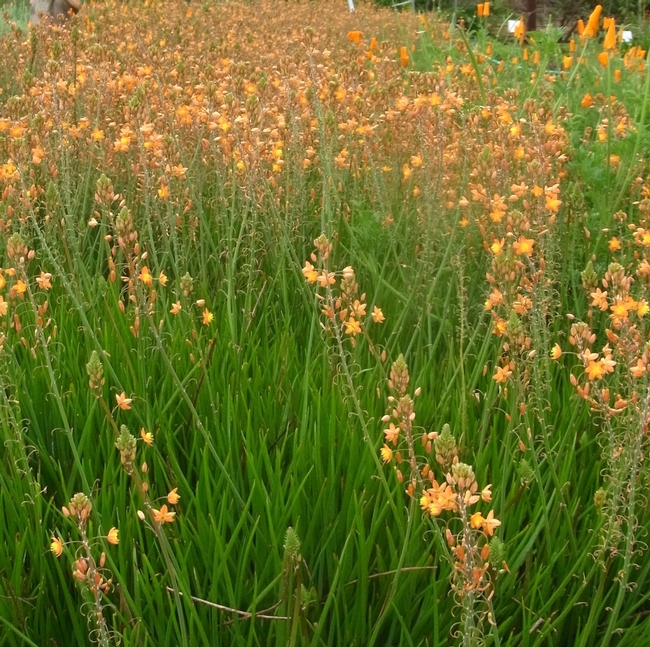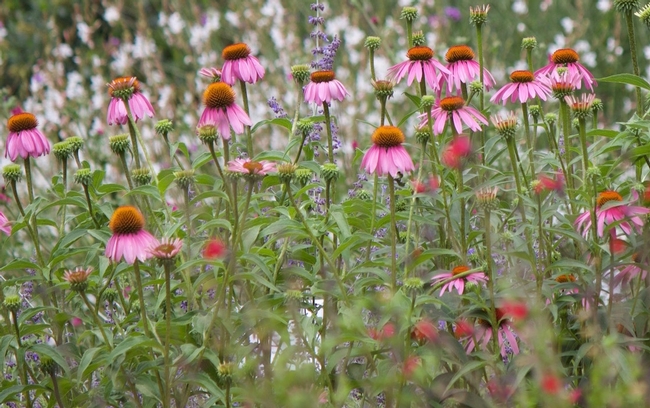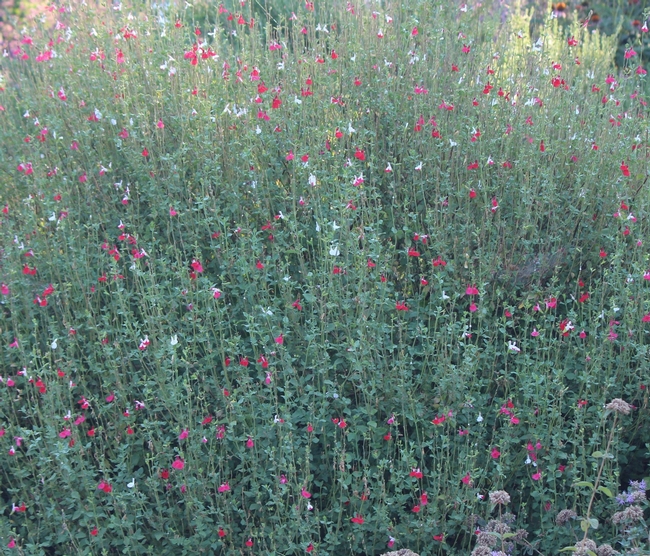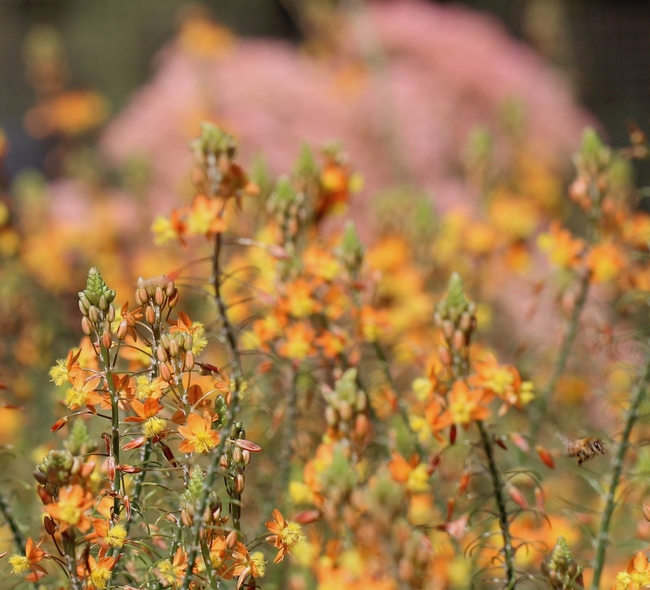My last post covered the use of color in garden design from the perspective of what bees see. While aesthetics are important in any garden, the needs of bees come first at the Haven and other bee gardens. Here are a few examples of color combinations that are attractive to us and provide both pollen and nectar for bees.
Shades of purple throughout the year
As was mentioned in my last post, purple is a color that bees see well. Here are some ideas for shades of purple throughout the year:
Winter: rosemary (nectar), germander (nectar), ceanothus (pollen and nectar), phacelia (pollen and nectar)
Spring:ceanothus (pollen and nectar)
Summer: sages (nectar), Russian sage (nectar), zinnia (pollen and nectar), cosmos (pollen and nectar)
Fall: aster (pollen and nectar), bluebeard (pollen and nectar)
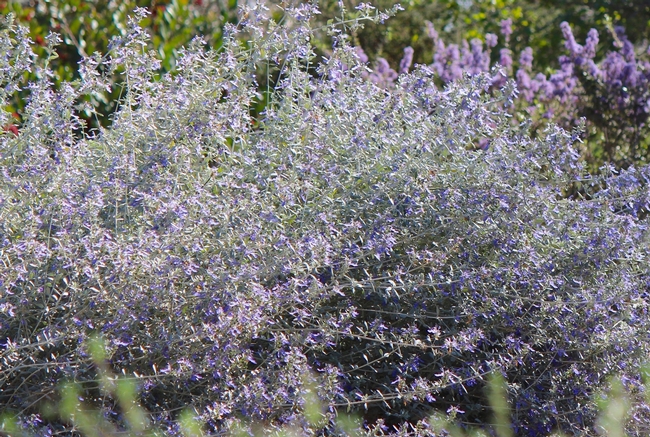
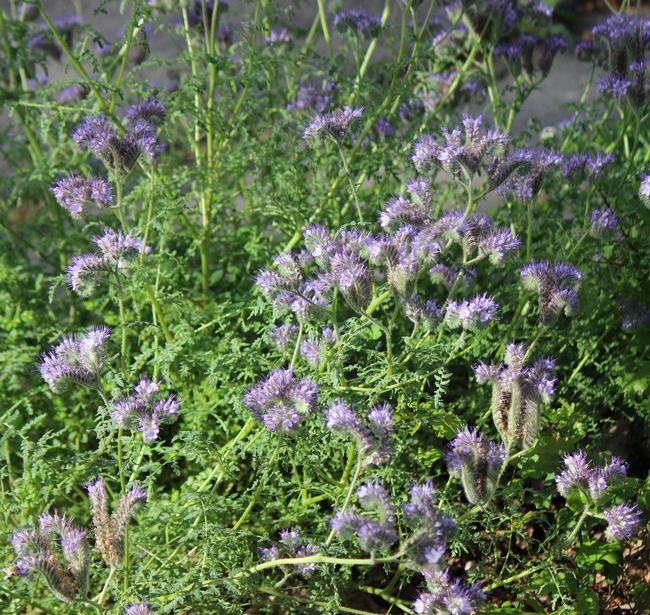
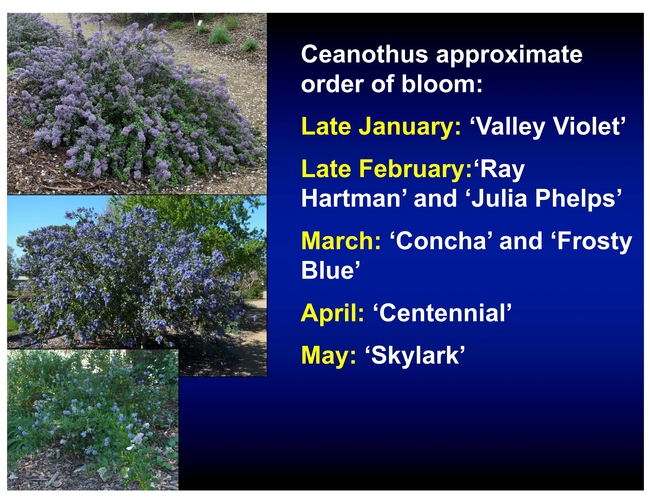
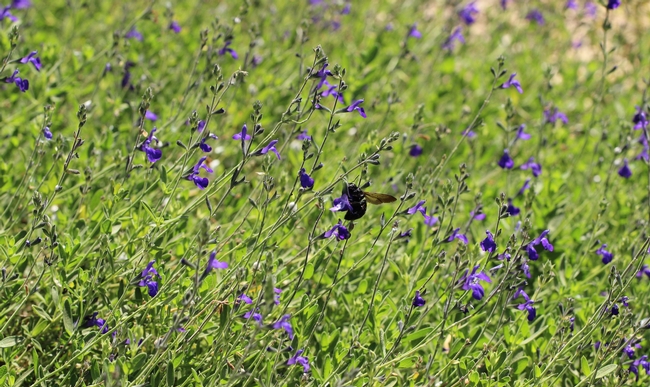
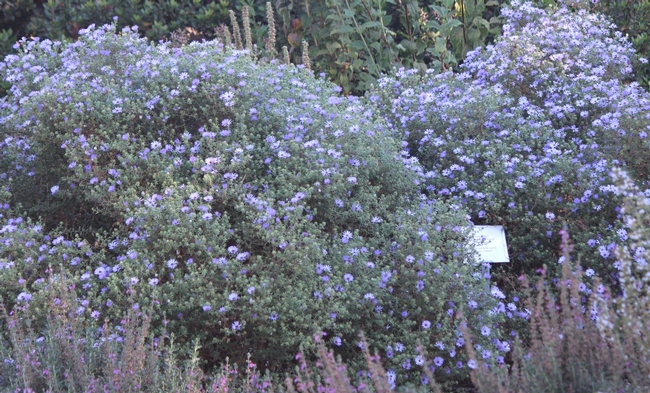
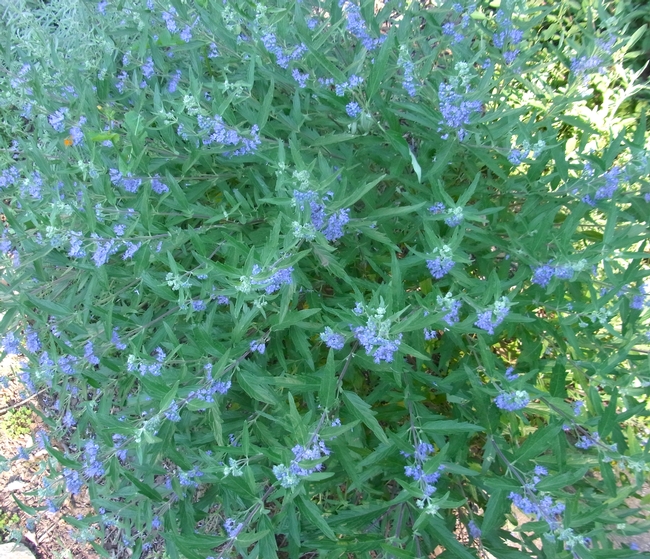
Shades of yellow throughout the year
As a complementary color to purple, yellow is attractive against any of the plants listed above. Some yellow flower choices include:
Winter:bidens (pollen and nectar), blanketflower (pollen and nectar)
Spring:bidens (pollen and nectar), blanketflower (pollen and nectar), lupine (pollen and nectar)
Summer: sage (nectar), sunflower (pollen and nectar)
Fall: sunflower (pollen and nectar)
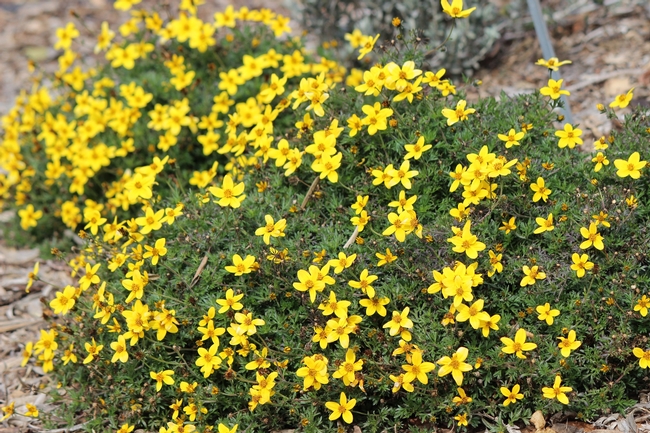
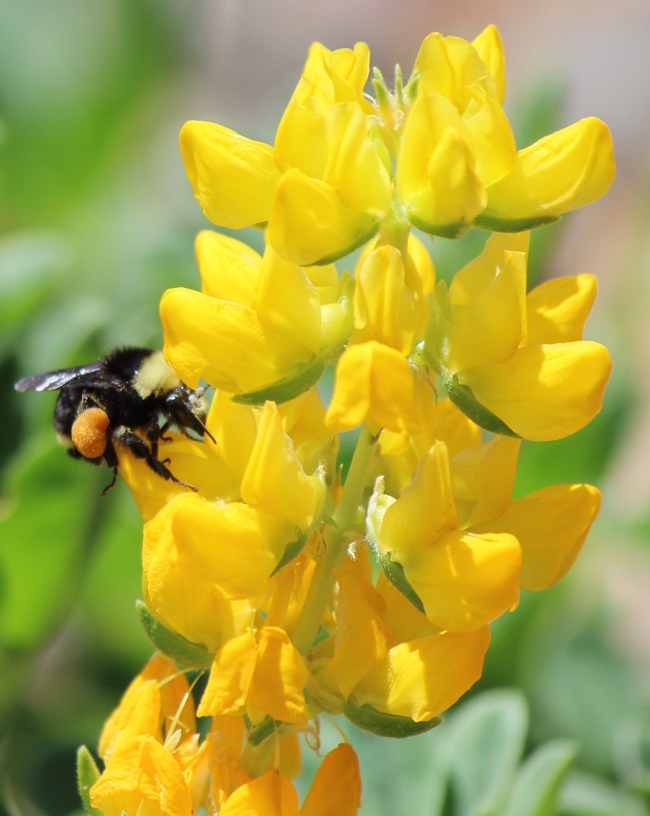
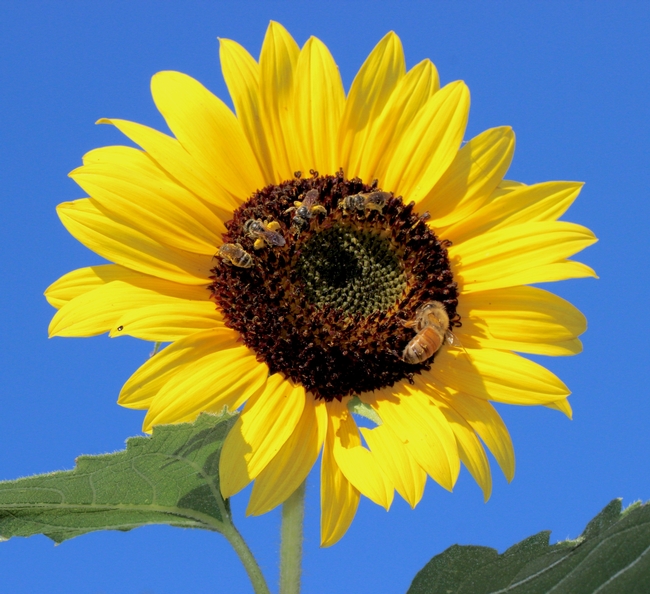
Summer whites
Spring: Santa Barbara daisy(pollen and nectar), buckbrush (pollen and nectar)
Summer: Santa Barbara daisy (pollen and nectar), gaura (pollen), veronica (pollen), coneflower (pollen and nectar), zinnia (pollen and nectar), cosmos (pollen and nectar), California buckwheat (pollen and nectar)
Fall:gaura (pollen), California buckwheat (pollen and nectar)
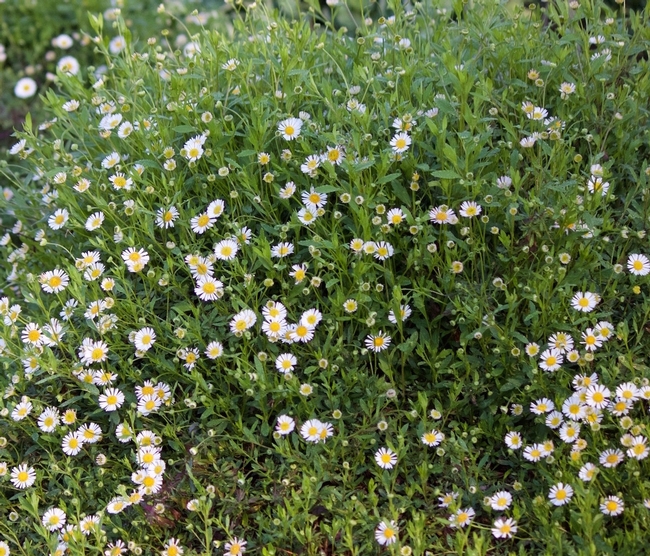
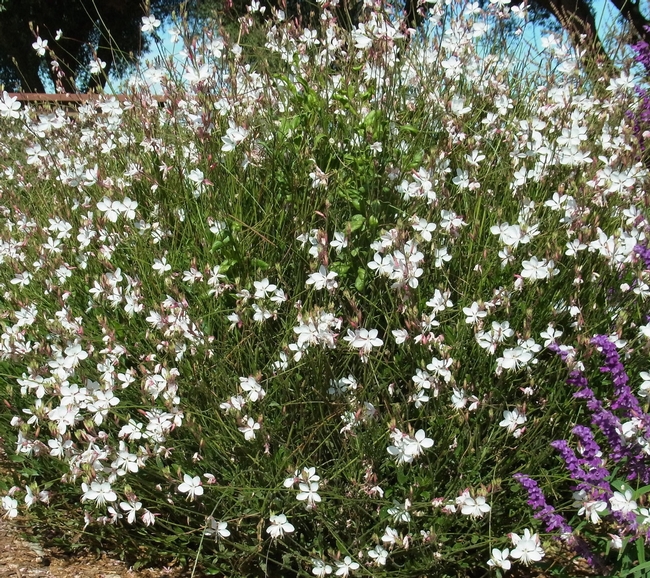
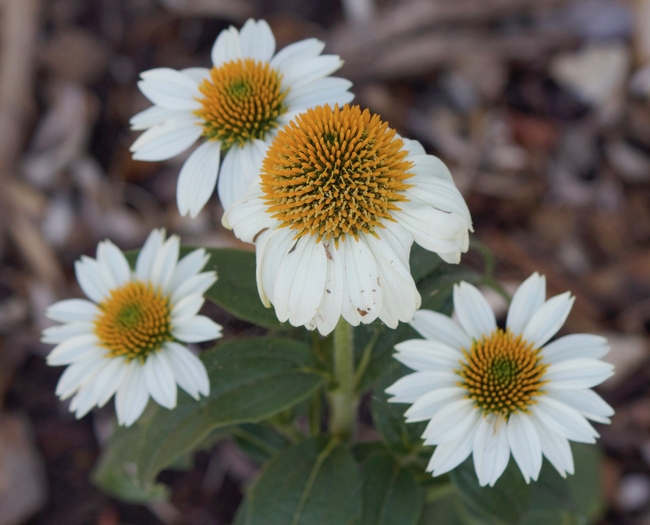
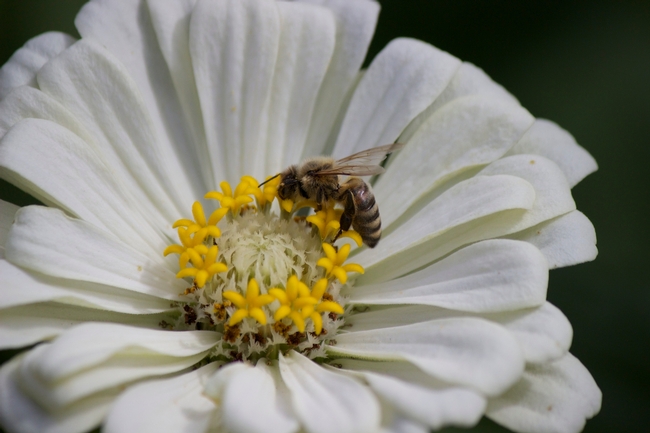
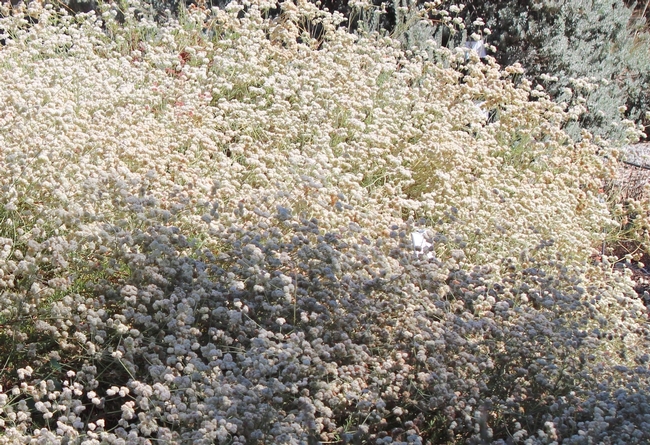
Hot colors throughout the year
Winter: California poppy (pollen), Cape balsam (pollen and nectar)
Spring: Cape balsam (pollen and nectar), sage (nectar)
Summer: Cape balsam (pollen and nectar), coneflower (pollen and nectar)
Fall: Cape balsam (pollen and nectar), sage (nectar), sedum (pollen and nectar)
